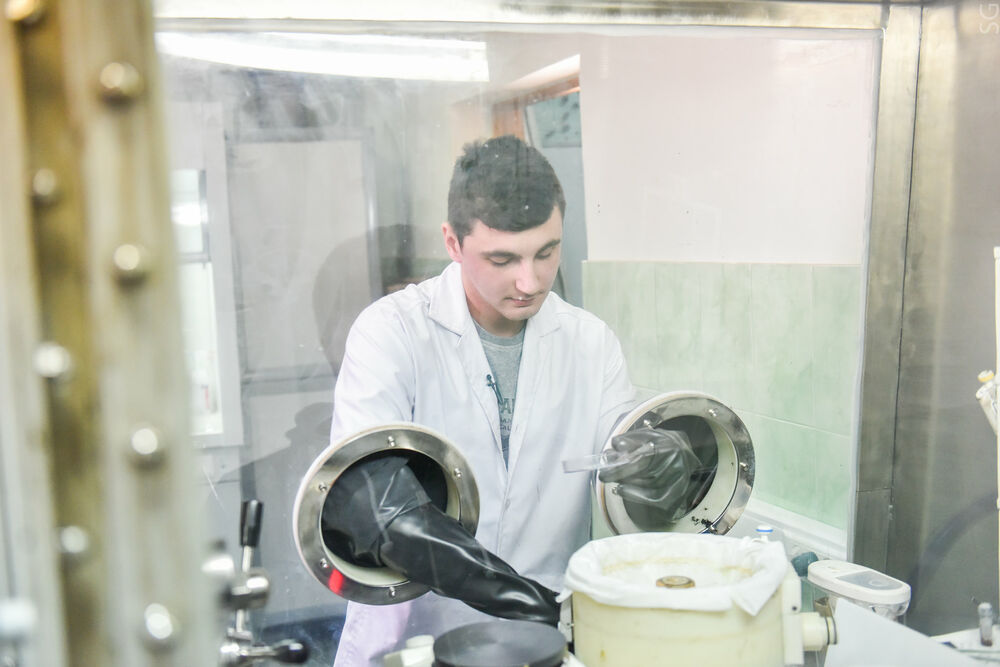Basic Information about the Laboratory:
The research is done in respect of nanotubes and boron nitride graphenes (BN), as well as composites therefrom (coatings, tapes, volume materials).
Activities of the Laboratory:
The laboratory was established in 2011 after NUST MISiS won the tender of megagrants held by the Ministry of Education and Science of the Russian Federation. The development of state-of-the-art technology and manufacturing process requires the generation of new materials with a unique combination of various properties and functional features — mechanical, thermal and electronic ones. The nanotube that constitutes a nanosized cylinder generated by the graphite-like layer of hexagonally structured carbons and its bidimensional analog — graphene are expected to become revolutionary materials of the 21st century capable of producing a breakthrough in the materials science.
The key activities of the laboratory are listed below:
- synthesis of BN nanostructures ( multi-wall nanotubes, nanospheres, nanoplates and nanosheets) and coatings with the use of methods of high-temperature chemical deposition from the gaseous form;
- functionalization of the BN nanostructure surface using the methods of chemical and plasmachemical treatment;
- synthesis of hybrid nanoparticles BN/(Ag, Au, Al);
- developing, obtaining and optimizing the structure of ultrastrong composites based on light metallic matrices and boron nitride nanostructures;
- morphological and structural analysis of nano-, composite and hybrid materials using state-of-the-art analytical methods, such as: scanning and transmission electronic microscopy, atomic force microscopy, infrared spectroscopy, and Raman spectroscopy;
- examining the mechanical features of nanomaterials and their composites with different transformations and temperatures;
- development of new nanosystems based on boron nitride nanostructures to deliver anticancer agents, and
- theoretical modelling of nanostructures, including the development of academic knowledge about non-carbon nanomaterials, primarily bidimensional ones, the search of new stable nanostructures, examination of the conditions of their stability, electronic and magnetic features, as well as the analysis of related heterostructures.




